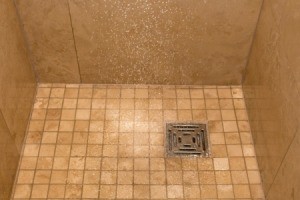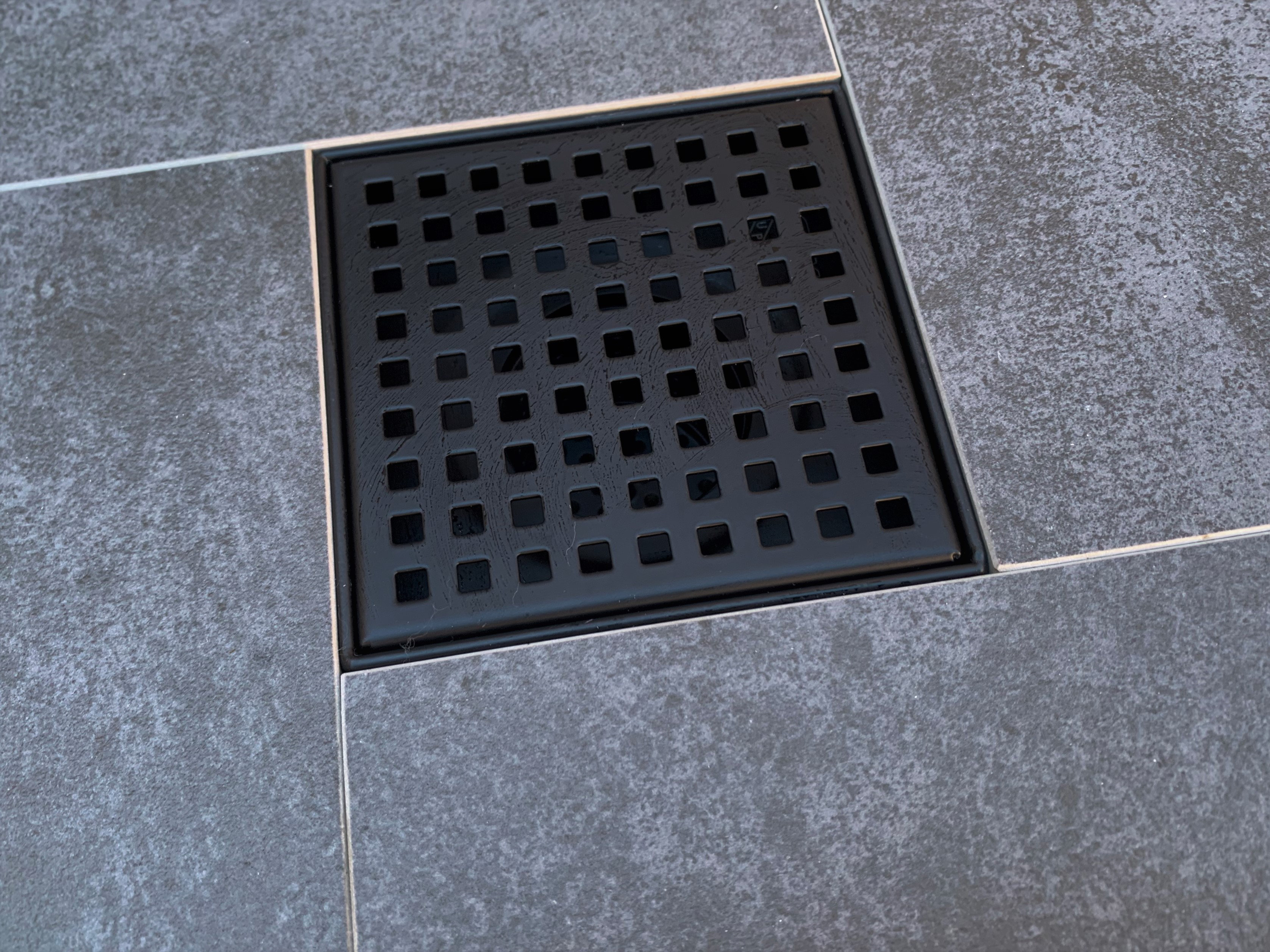Undertaking-Executing-Completing Your Own-Personal-DIY Shower Drain-Bathroom Drain-Drainage System Installation-Setup-Project
Undertaking-Executing-Completing Your Own-Personal-DIY Shower Drain-Bathroom Drain-Drainage System Installation-Setup-Project
Blog Article
Almost everyone will have his or her own idea with regards to How to Install or Replace a Shower Drain.

Upgrading a shower room is just one of the much more preferred home enhancement jobs. Handling the plumbing for draining your shower can be exceptionally straightforward unless you overdo.
Handling Your Own Shower Drain Installation Task
You can physically build a collection agency for your new shower, yet you really require to think of it. Do you really intend to get involved in the issues of getting the sloping correct, as well as ensuring every aspect of it is waterproof? As well as I mean every element! It is much easier to merely get a pre-cast collector online or at your regional Lowes, Home Depot or hardware shop. Structure one may sound like a great suggestion, but you will probably really feel in different ways after a number of hours.
Regardless of how you tackle obtaining a frying pan, you should strive to make use of one that has the drainpipe located in the same place as the initial pan. Relocating the drainpipe pipes can be a task, particularly if the home builder utilized a special framework framework. If you are identified to move the drainpipe, you are going to have to cut back the pipe or extend it, which may mean destroying huge portions of the flooring. Put another way, you are mosting likely to be looking at a multiple weekend break task.
Assuming we have our drain aligned, the actual link is fairly straightforward. The drain pipeline ought to be encountering vertical up to the collection agency. It will certainly commonly look like a "U", which means it serves as a cleanout to maintain unpleasant scents from coming back up from the drainpipe. To link the drainpipe, you are mosting likely to develop a water limited connection between a drainpipe cap on the top of the pan as well as the drainage pipeline. Solutions differ, yet you are commonly going to do this by putting a coupling piece on the top of the water drainage pipeline. This is after that covered with gaskets and also literally screwed right into the drain cap. The drainpipe cap need to act as a locknut, to wit, it screws directly onto the coupling.
The complicated part of this process is obtaining your drain cap to match a watertight placement in the frying pan. This is completed by backing off the drainpipe cap as soon as you make certain everything meshes. At that point, you placed plumbers putty around the underside of the cap and after that screw it back on. The putty needs to create a tight seal between the cap and also the shower frying pan, which maintains water from flowing under it as well as right into the framing under the shower.
Obviously, bathroom showers can be found in a variety of styles nowadays. If you purchase an enthusiast, they usually come with plumbing directions or the store can keep in mind anything unusual you ought to know. It sounds complicated, however is normally pretty simple. Have a good time!
Whether you are a bathtub or shower individual, most people try to find shower just choices when getting a home. This basic fact indicates more than a few property owners spend a weekend upgrading or installing showers in their restrooms. The good news is for you, it is a rather basic procedure.
An enthusiast or pan describes the straight surface area located at the bottom of the shower. The collector normally consists of a non-slip surface a little banked in the direction of the center or wherever the drainpipe is located. Integrated with three to 4 inch wall surfaces around the side, the goal of your shower drainage plumbing is to obtain the water to move to as well as away.
Tips for Installing a Shower Drain Assembly
Renovating a bathroom can be exciting as well as fulfilling if you’re tackling the job DIY-style. After you cross off the bigger decisions such as tile style, paint colors, and fixtures, you’ll need to finalize smaller details – such as the shower drain. In this article, we’re sharing some tips for selecting and installing the right drain assembly for your updated shower.
What is a shower drain assembly?
Shower bases or pans typically only come with a pre-drilled drain hole. Since the pan slopes toward the drain, you should consider the placement – left, center, or right – when designing your shower. You’ll need to purchase and install a shower drain assembly that connects the shower pan to the drain pipe underneath the shower. There are a few types of assemblies, which will be covered below.
Size of a shower drain
When it comes to installing drains, size matters. The recommended pipe size for a shower drain is 2 inches, whereas most tubs use 1.5-inch pipes. Why the difference?
Shower pans are shallower than tubs, so there’s a higher risk for overflow. So, the larger pipe allows for quicker draining. If you are replacing an old tub with a newer stand-up shower, you will need to make additional plumbing adjustments to accommodate the 2-inch pipe.
Types of shower drain assemblies
There are three common types of shower drain assemblies: compression shower drain, solvent-glue shower drain, and tile shower drain. The layout, design, and materials of your shower can determine which type of shower drain assembly will work best.
Compression shower drain
This type of assembly attaches to the drain pipe with compression washers and nuts. The drain fitting is typically installed into the base, and then the base is installed into the bathroom floor. This makes compression-style drains easier to install than other options, particularly if you don’t have easy access from the floor under the shower base. Drains are available in a wide range of materials such as PVC (polyvinyl chloride), ABS (Acrylonitrile Butadiene Styrene), and brass, and can be used for acrylic, fiberglass, and steel shower bases.
Solvent-glued shower drain
Made of either polyvinyl or ABS, this type of shower drain is sealed to the drain pipe with solvent glue and silicone. Since you’ll be working underneath the drain pan, we only recommend using this type of drain if you have access under the shower, such as from a basement or crawlspace. It’s also important that you match the type of plastic of the drain with the drainpipe. If you take these precautions, you can install a solvent-glued drain assembly with acrylic, fiberglass, and steel shower bases.
Tile shower drain –
Drain assemblies for custom tile showers feature a waterproof membrane liner placed between two flanges. The tile is installed on top of the liner, collecting any water that seeps through the porous grout. A metal strainer is installed in line with the tile over the drain.
https://www.epshawaii.com/blog/tips-for-installing-a-shower-drain-assembly/

I'm just very fascinated with How to Install or Replace a Shower Drain and I am praying you liked my blog post. Are you aware of someone else who is involved in the subject? Be sure share it. I recognize the value of reading our article about How to Install a Shower Drain.
Report this page